Contents
Disasters can strike at any time, almost always without warning. Regardless of whether the disaster is natural or man-made, damage to property is always expected.
Whether it’s a storm an earthquake or flooding, it isn’t unusual for people to be out of home for several days and weeks before things come back to normal.
In case of evacuation during a disaster people usually have to put up at a shelter. Some people choose to have their own emergency shelters, which they build with proper storage and facilities required can survive for several weeks.
While food and clothing are important considerations when building an emergency shelter or storage, something that must tend to forget is the importance of water.
Not only is water required for consumption but it is also required for cooking, hygiene, and sanitation. Even a bowl of instant noodles requires water. Therefore, when building an emergency storage water must be on top of the list for things to include.
Determining how much water you will need
It goes without saying that people need water more than they need food. So, the water storage should definitely be bigger than the emergency food storage.
Whether you build a water storage for three weeks or three months it is always going to be bigger than the food storage you have built for the same amount of time.
Water is quick to run out and also easy to get contaminated. A lot of safety precautions should be followed if the water is to be kept safe and fit for consumption over a prolonged period.
Determining the amount of water you need for an emergency storage is the first step. You can never have too much water in store but you also have to find a place to store the water and keep it safe for consumption over several weeks or months.
Remember that a water crisis may not happen every other day, which means the stored water will go unused for the most part. More important than collecting the water is keeping it protected against contamination.
You might also find interesting our article about how to live without running water.
The one-gallon rule
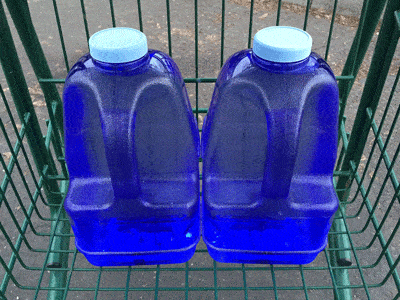
When building an emergency water storage, the general rule is to store one gallon of water per person. But when you think of it, one gallon is really not enough water for one person, especially if it’s being used both for drinking and hygiene and sanitation purposes.
When water is in short supply, a gallon of water can run out in just a few minutes. Even if this is the general rule, the amount can definitely be increased if need be.
The one-gallon standard was established because research suggests that’s the amount of water one person needs to survive at least 3 days.
Also, when you’re building a water storage and do not know where to begin, the one-gallon standard is a good place to start. However, if you live in a hot climate or have members in your family with special needs, then the amount should always be increased.
It isn’t bad to have excess water in store, but it’s a catastrophe if you run out of water when there is none to find. Just ask Negan that in The Walking Dead.
Number of family members

Every member of the household should have plenty of water at their disposal, and sometimes one gallon of water is simply not enough. For instance, if you have a family of five, including children, you should definitely store a lot more than one gallon of water per person.
If there are sick people or babies in the family then you know that you are going to require a lot more water than you now think. During a crisis, if you run out of water there is nowhere to go to. Just watch the last Mad Max movie to know that.
Therefore, regardless of the number of members you have in your family, you must always have excess water in storage. Unlike food, you can preserve water for a long time if you take care of it.
The higher the number of people in the household, the greater the amount of water you need to store.
We also recommend reading our article about how to test water.
Budget for water storage

Water doesn’t come free, especially if you’re buying the purified, mineralized water that’s sold in stores. You might think that filling up huge containers with the regular water from the faucet is going to work (and save money), but here’s the truth: the tap water is not meant for storage.
It is meant for immediate consumption. If you store regular water for more than a few weeks, it will not remain fit for consumption any longer.
When building a water storage, always buy filtered water that has been purified and prepared to stay good for a long time.
On the downside, bottled water can be expensive. Therefore, before you decide to build an emergency water storage, you should set aside a budget. Different brands have their own pricing for packaged water.
Although there may not be much difference between tool brands, you can still save money if you pick one brand over another.
Of course, this is not a decision that can be made in one day. If you do not have the funds right now for starting a long-term water storage, you should take the time to save up a little.
Space for water storage
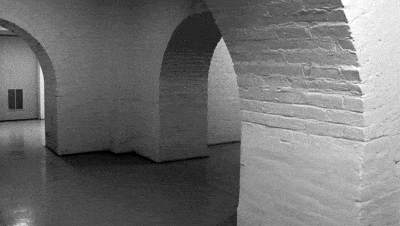
If you are planning to store several gallons of water on your property, you should have the space for it. If possible, you must keep the water storage away from the public eye, to avoid being looked upon as the weird guy with hundreds of water barrels in the backyard.
Besides, you also wouldn’t want theft or pilferage, right? Food is stolen, and so is water, especially in times of an emergency.
As you would know, too much heat makes water evaporate. So, if you do not want to find all your stored water gone just when you need it, you must choose a storage space that’s cool and dark. And what can be a better cool and dark place than the basement, right?
While a basement or an attic are the usual storage spots, remember that these places are also prone to dampness, mold, and mildew.
If you store your water in these places, it has all the risk of getting contaminated. If you never notice, your emergency situation will turn even worse after consuming the contaminated water lying in storage for over a year.
The two-week storage
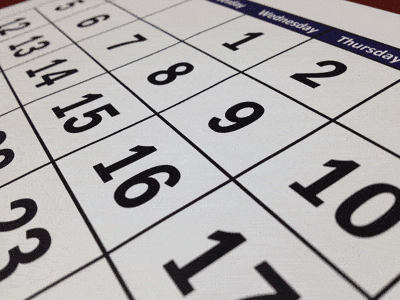
The general consensus is that when you are building a long-term water storage it should be enough to last at least two weeks.
If you are storing one gallon per person, you will need about 14 gallons or more for two weeks. The bigger the family the greater the amount of water you should be storing. A family of four should have a water storage of at least 56 gallons for two weeks.
Yes, it’s expensive as well as time-consuming. You get barrels to fill up with water, but the water itself does not come cheap. Whether you decide to go store water for three days or two weeks is entirely up to you.
Most people don’t have space at home to store even though days of water, let alone two weeks or a month. And even if there’s space, the upfront costs of building a long-term water storage can be exorbitant. While it’s good to be prepared, it shouldn’t be at the cost of your present comforts and conveniences.
Water for consumption and sanitation
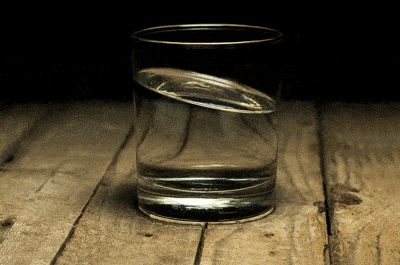
When you’re building a water storage, it isn’t only for consumption. The water that you store will be used for both consumption and sanitation.
In that case, you should store water for consumption separately from the water meant for sanitation. Putting the two together can often result in contamination, ruining the entire water storage.
Proper ways to treat large amounts of water
There are times when buying packaged water for storage (for disasters that haven’t yet happened) is a waste of money and precious storage space. That is when you need to think of other ways to build your water storage without going broke.
So, contrary to what we said a few paragraphs earlier, you can use regular water for your water storage but only if it has been properly treated. If you do not treat water before storage, it may not remain fit for consumption for too long.
Filtering large volumes of water requires methods different from the ones you used to filter water for your own daily consumption.
When you have water the size of a swimming pool you cannot possibly use a regular water filter for purifying it and making it fit for consumption. Yes, there are water purifiers available, but you have to buy too many of them to filter 56 gallons of water.
The following are the 5 best methods for filtering large volumes of water:
Mechanical filtration
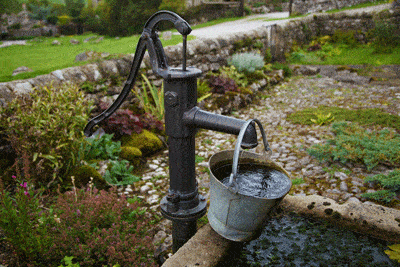
As the name suggests, mechanical filtration of water involves physically removing contaminants and waste matter from water.
Yes, this is time-consuming but if you have the patience to do it it’s one of the cheapest and easiest methods for filtering large volumes of water. Before water filters were in use people used mechanical filtration systems to purify water to the best possible extent.
It’s true that a mechanical filtration system can never achieve the purification level of your modern RO filter but it can definitely remove physical waste matter particulates sediment and other contaminants to make water fit for consumption.
There are mechanical filtration systems available for large volumes of water. Even though you have to spend some money buying the system, it’s still much cheaper than other methods of water purification.
If you do not want to buy a mechanical filtration system, you can use your own methods to mechanically filter water at home. One of the most commonly used methods of mechanical water filtration is reverse osmosis but its downside is that it produces a large volume of wastewater.
Other mechanical filters either use porous sheets for sifting particles and bacteria or pass the water through a layer of sand. The latter is good for larger contaminants but does not remove biological contaminants.
Activated carbon
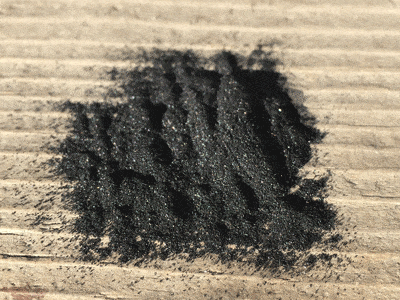
This is only a modification to the sand filter for better removal of heavy metals and biological contaminants.
Activated carbon has become famous in recent times for the ability to remove even the toughest contaminants and bacteria, and it’s this reason why it’s used to filter water. If you have a sand filter, you can add an activated carbon layer underneath it for more effective water filtration.
The most common type of activated carbon used for household water purification is called granular activated carbon (GAC), and it is part of several mechanical water filtration systems.
Chlorine
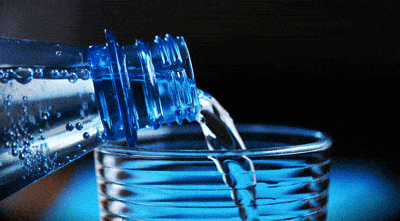
Remember that water always needs to go through both mechanical and chemical filtration because no single filtration method is capable of removing all contaminants and bacteria. Only water that has been mechanically filtered should be put through chemical filtration.
You must also remember that while chemicals eliminate biological agents in water, it does not remove toxins or heavy metals. One of the most commonly used chemical additives is chlorine.
You can use chlorine bleach to filter water and make it fit for consumption, regardless of the volume. The appropriate quantity is a half teaspoon of chlorine in 5 gallons of water to make it fit for drinking. You should adjust the proportion accordingly.
Iodine
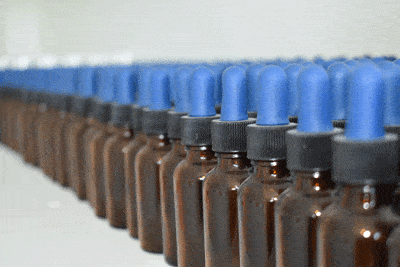
Another chemical used to disinfect and purify water is iodine. However, iodine poses several health threats, especially if you’re pregnant, allergic to iodine or have thyroid problems. There are two methods of using iodine to disinfect water.
You can either use the iodine pills used by campers and hikers, or iodine dyes that are a mixture of 2 percent iodine in alcohol and water.
One liter of water requires five drops of iodine to get disinfected in 15 minutes. One teaspoon of iodine tincture is needed to disinfect around 90 liters of water.
UV

It is a known fact that ultraviolet rays are used to disinfect water. Various household water filters use ultraviolet light to purify and disinfect water and make it fit for consumption.
Ultraviolet light is powerful enough to kill all living things, including bacteria and viruses. However, UV doesn’t do anything to remove physical contaminants.
That’s why it’s important to use mechanical filtration first. UV filters are much like the ones in fish tanks, where a water pump passes the water through the filter using ultraviolet light to kill microorganisms.
The speed of the water passing through the filter varies from brand to brand. Some brands will offer better filtration compared to others.
How to clean water storage containers
What’s worse than unfiltered water? Storing water in containers that are not clean. No matter how well you filter your water for storage, the moment you put the water in an unclean container, all your hard work goes to waste.
That is why before you begin to purify water for storage you must thoroughly clean the containers where you intend to store the water.
Depending on how much water you plan to store you can use either small or large containers. For large volumes of water, you can even use water barrels. However, the larger the container the more time you have to spend cleaning them.
When you buy water bags or water barrels they come with instructions on cleaning them and preserving water properly.
Once you have enough containers to store water for you and your family, it is time to thoroughly clean them to make them fit to store drinking water. The containers should be empty and open before you start work and the site of the cleaning should be indoors.
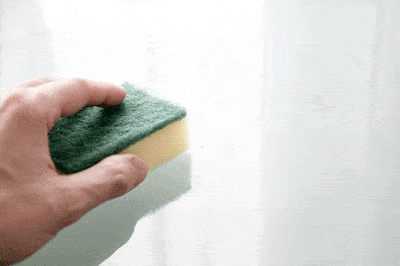
You need to clean the containers in two steps. Frist is a gentle cleaning and next comes deeper cleaning. The first gentle cleaning can be done with dish detergent and water. This is for removing physical contaminants and sediments. Make sure to scrub the insides and outsides of the containers to give it a thorough cleaning.
It is alright if you want to be gentle with the cleaning because we are going to use harsh chemicals later for the second cleaning. You must wash the containers well, making sure no residue of the detergent is left behind.
For the deeper cleaning, you will require bleach. Do not buy scented bleach or the one that is used for clothes or fabrics.
That’s not the bleach you should use to clean water storage containers. You should be buying unscented, liquid bleach diluted with distilled water to purify the insides of the containers without leaving an excessive residue of bleach behind.
You should dilute one teaspoon of bleach with one quart of water and mix thoroughly. Depending upon the size of the container, fill it up to half, seal it and shake it to coat every corner of the container with the solution.
You need to shake each container for 30 seconds each, making sure that the solution reaches every part of the container. No corner should be left untouched by the solution.
Once you’re done with the cleaning, drain the solution completely and leave the containers to air dry.
Smaller and medium sized containers can be left on the dish rack for drying naturally. But this might not be possible for larger water barrels.
Regardless of where you place the containers to dry, make sure to keep them away from living spaces because the smell of bleach can be overpowering. Also, remember to position the containers upside down in a ventilated location for quicker drying.
Storing the containers
Once your containers have dried, it’s time to fill them up with water that has been purified using the methods listed above. If you don’t want to take all the hassle, you can also buy packages drinking water and empty them into your cleaned containers.
However, filling up the containers with clean drinking water and sealing them away is not the end of the story. Although water doesn’t come with an expiration date, it can surely go bad and become unfit for consumption if not cared for.
You cannot simply leave the water storage unattended for several weeks and months. Preventative maintenance and cleaning 0are of utmost importance. Performing periodic cleanings is necessary for keeping the water free from bacteria and microbes.
First and foremost, make sure to label the drinking water, to avoid being mistaken for something else.
Clear liquids like bleach and rubbing alcohol can often be mistaken for water, especially by children and the elderly. To prevent a medical emergency, write “drinking water” on every container in bold letters with permanent ink.
The ideal location to store the water is crucial to maintaining the quality of the water. The wrong storage location can make the water go bad sooner than usual.
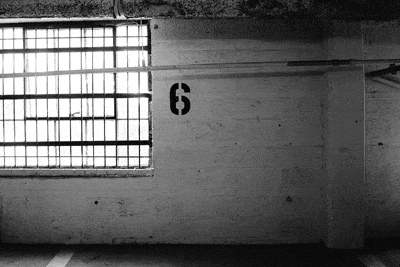
It is recommended to not store water in an outdoor space because there are all chances of being exposed to sunlight. Being exposed to sunlight will make it easy for microbes to grow and contaminate the water.
As important as a dark location is a space with a consistent temperature of 50 to 70 degrees Fahrenheit.
This is the standard temperature for long-term water storage, which brings to mind dark and cool places like basements and cellars. If the temperature is too high the water might evaporate or lead to the growth of bacteria and microbes, and too cold temperatures will make the water freeze.
This is not to forget the necessity of periodic replacement. That’s right, the same water cannot last forever.
This is because it is almost impossible to ensure the optimum sanitary environment for the water storage, and there are almost all chances of the water becoming a breeding ground for microbes and bacteria.
That means you have to replace the water at least every six months, whether or not it looks safe and clean. Unlike food, it is often harder to recognize when water goes bad.
Periodic cleaning involves throwing out the old water and repeating the cleaning process and filling them up with water again. Yes, over time, it will seem like a waste of time and money and water, but if you want to build a water storage, this is an unavoidable part of the process.
For some, it is easier to remember cleaning their water storage in a particular season. Some like to do it in spring when they are doing the spring cleaning for the whole house. Some like to do it before winter comes.
The more often you clean the containers and replace the water, the lesser the chances of contamination. If you think you might forget the last time you replaced the water, update the date each time you do a cleaning.
Finally, when storing the containers with water, make sure there are no dangerous or flammable substances nearby. Substances like alcohol or gasoline shouldn’t be stored near the containers ever to avoid the risk of a fire. The best idea is to place the containers on a surface higher than the ground.
Proper ways to store water
When building a long-term water storage there are two kinds of containers that you can choose: plastic containers or stainless-steel containers.
Food grade plastic containers
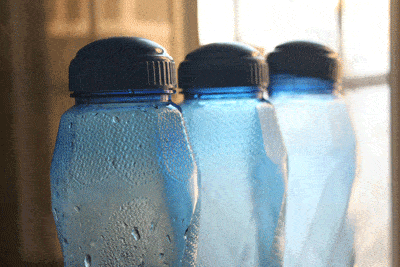
When we mentioned plastic containers, it does not imply the regular kind of plastic containers we usually see around us.
There are separate food grade plastic containers available it’s clearly for water storage and these are usually found pet stores that sell supplies for emergency or survival kits.
Food grade plastic means they are free from harmful chemicals like BPA and will not contaminate the water no matter how long you store it in the containers. Plastic containers are usually the first choice for long-term water storage because they are easily available and are also not too expensive.
They also come in various sizes so you can combine both small and large containers for your long-term water storage.
However plastic containers are prone to leaks end can get damaged very easily upon impact. They are also not resistant to heat and can warm up the water inside if the temperature rises.
Besides, there is a lot of debate about the eco-friendliness of plastic, and many environmentally conscious people choose to stay away from plastic containers.
Pros
• Easily available
• Not too expensive
• Lightweight
• Available in different sizes
Cons
• Not environmentally friendly
• Prone to leaks and damage
• Can warm up the water inside
Stainless steel containers
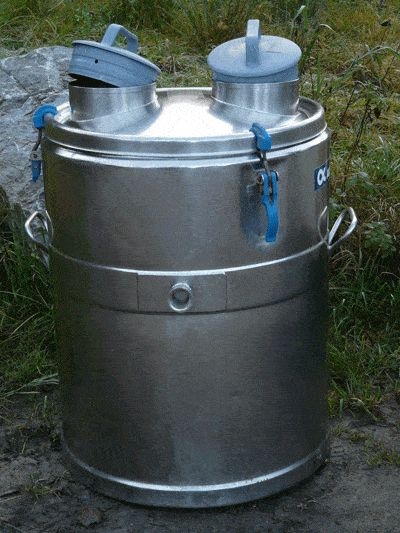
For the environmentally conscious, the go-to option for long-term water storage is stainless steel containers.
Stainless steel is always considered much better than plastic because it is environmentally friendly, more resistant to impact and keeps the elements away.
Much like stainless steel water bottles, long-term water storage containers are also built for lasting use, unlike plastic containers that do not last forever.
On the other hand, stainless steel containers are not easily available and are also costlier than plastic containers. Stainless steel containers are also heavy and when filled with water they’re practically immovable.
If you have to move your water storage from one place to another, stainless steel containers will not make the task very convenient.
Pros
• Long lasting and durable
• Does not get damaged
• Environmentally safe
• Keeps the elements away
Cons
• Expensive
• Heavy
Long-term water storage containers
Considering that there are several different options for long-term water storage it often becomes confusing to choose the right type of container.
It should be convenient enough to store in any part of the house it should hold just enough water for at least two weeks and it should not drain your bank account.
When it comes to long-term water storage there are five very popular options depending upon the amount of water you plan to store. These are as follows:
Bathtub
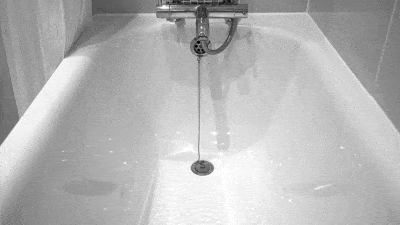
If you have more than one bathtub in your house, which goes unused most of the time, you can easily turn it into a water storage space. To utilize your bathtub for long-term water storage, the most popular solution on the market is called WaterBOB.
This is a water containment system that is capable of holding up 200 gallons of drinking water to easy store in any bathtub. To put it simply, it just looks like a big plastic bag, made of 100% food grade plastic.
Pros
• Huge capacity
• Can save money if you plan to store a lot of water
• Fits into a bathtub as well as under high surfaces, like a bed
Cons
• Prone to leaks and ruptures
• Usually designed for one-time use
Water barrels
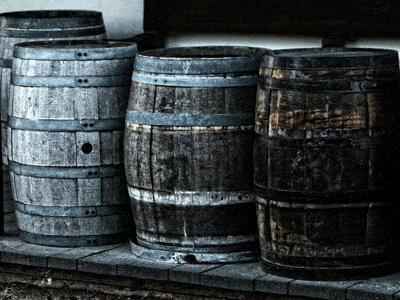
Water barrels are like big drums capable of holding up to 55 gallons of water. If you have a small family and are storing water for two weeks, then only one such barrel will be enough to hold all the water you need. They are usually made of food grade plastic and are easily available.
Pros
• High capacity
• Can be reused
• Not too expensive
Cons
• Need a pump or siphon to get water out
• Heavy once full
• Can look ugly if stored inside the house
500-gallon water tanks
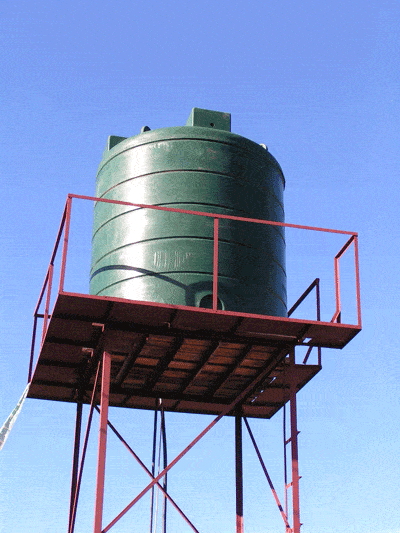
As the name suggests, this is the kind of water tank that is usually in use in various households in Mexico or in many other countries. This can be used for holding regular water or harvest rainwater or Drew Carey’s tank to hold all his soda. It usually has a pump fill the tank with water.
A 500-gallon water tank usually costs $400 or more, and you also have to install it on your property. Given the mechanism of a water tank, it is not suitable for emergency water storage or portability. Besides, it is just too much of a hassle for most.
Pros
• Holds an immense volume of water
Cons
• Expensive
• Needs installation
• Not portable
Rain barrels
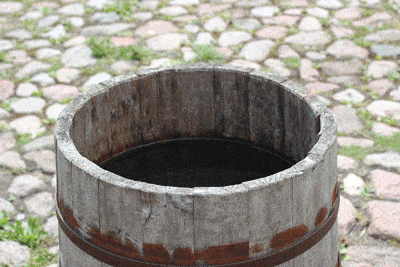
If there is one source of free water, it is rain. Rain barrels are meant to collect rainwater, and if you live in a region of abundant rainfall, this could be a great way to save on money on your water storage.
However, if you’re harvesting rainwater, it will require a lot more work than city water or packaged water. Rainwater is often polluted, and it goes bad too quickly. If you’re up for all the filtration that you need to do, then rain barrels could be a good idea.
Pros
• Free water
• Large volume
Cons
• Excessive filtration required
Water cistern systems
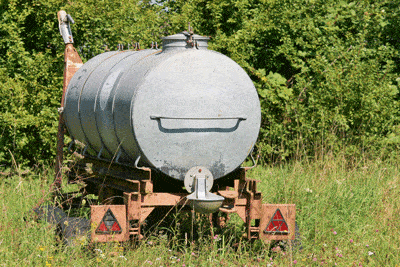
Much like water tanks, water cisterns are meant to hold large volumes of backup water. They can also collect rainwater. But if you’re ever in a situation where you need to leave home and want to take the water storage with you, a cistern will not be of much use.
Pros
• Holds large volumes of water
• Can hold both drinking water and rainwater
Cons
• Requires installation
• Not portable
• Expensive
Where to find water
There are different places you can find water. You can find it at home or outside, even in nature. The few different places to find water for storage are:
Rain

You can find rain sitting right at home. There’s no effort involved in collecting rainwater, but purifying it takes hard work. But it’s free!
City water
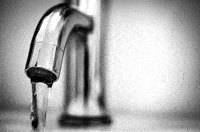
Your own tap water can be the easiest method to build your water storage. However, you could be raking up your water bills if that’s the only source you use.
Well water
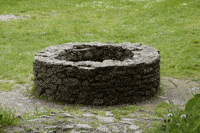
If you have a well in your backyard, it’s another free source of water. But because well water has significant impurities, you have to spend a lot of time filtering it to make it safe for consumption certainly if there is a dead body in there like in the show The Walking Dead!
What about outside? Can you purchase water? You certainly can. You can either buy bottled water of five gallons each or get a water truck to fill up your storage containers. But buying large volumes of water can be more expensive than you are willing to spend.
The process
Building water storage for even three days takes time and planning. Once you have built the storage, you want the water to remain good for the longest time, so your purification and storage should be spot on.
Anyone can build a water storage, but with careful planning, you will be prepared for the worst – much worse than watching another Star Wars, Iron Man, or Jurassic World movie.

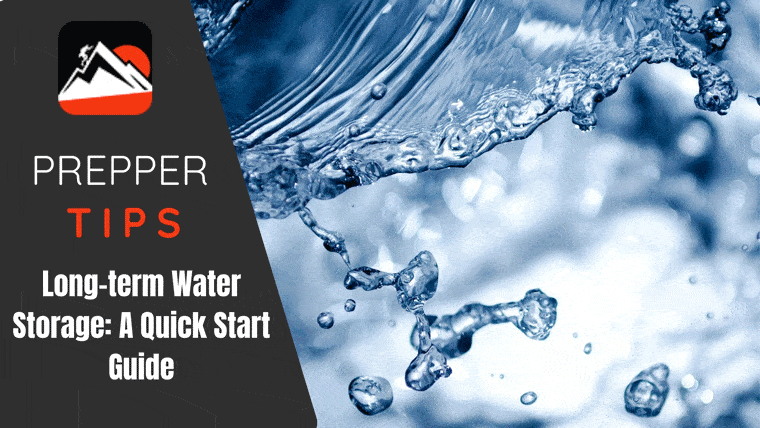

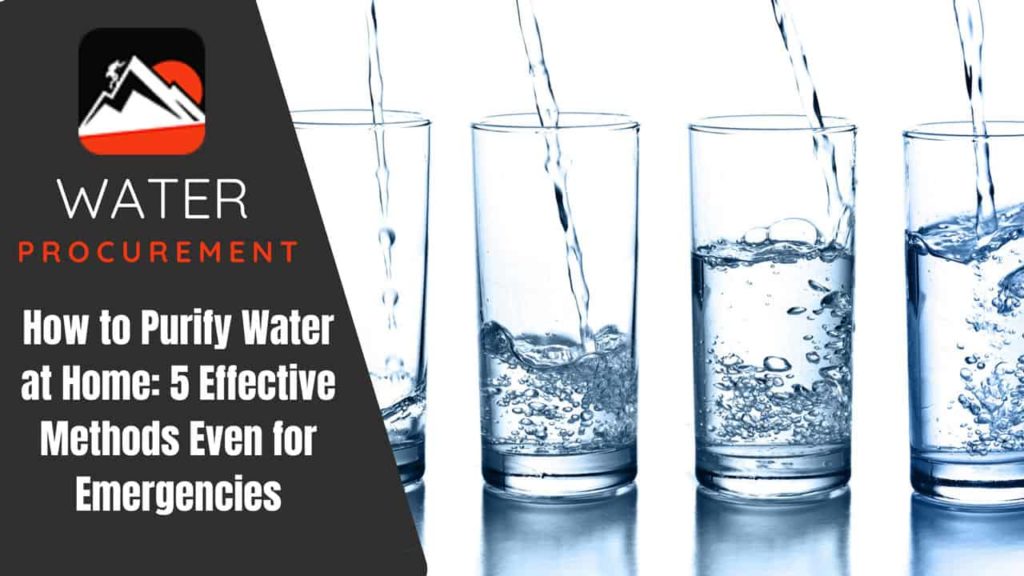
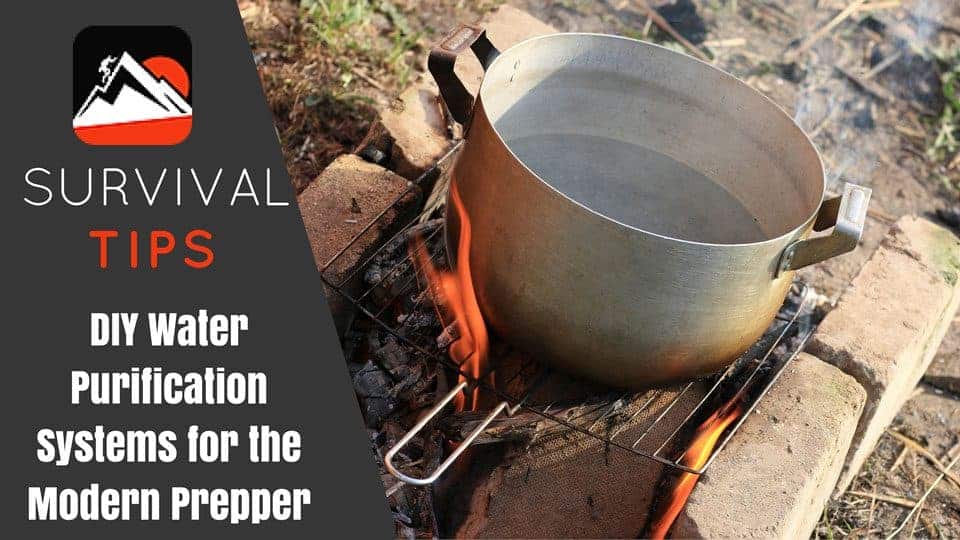
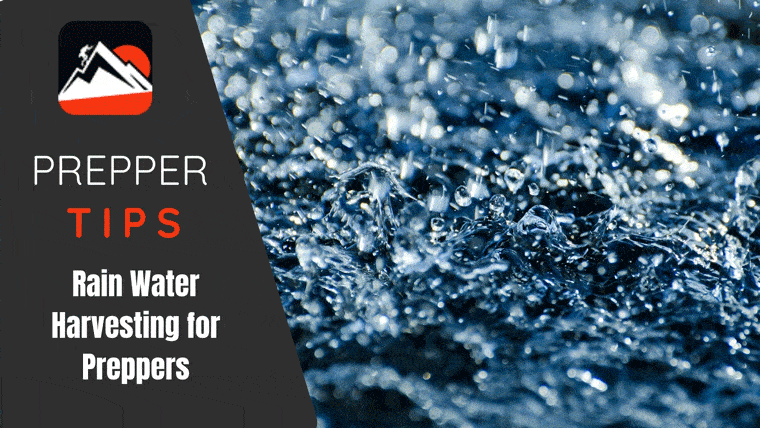
Having worked with Red Cross in Disasters and being in Special Forces humping around the world, I have learned a minimum 1 gallon a day is doing nothing. It is more like 3 gallons a day if your taking care of business , plus 2 more gallons to cook and sanitation
Nice article,
Ranger Rick
Automatic Survival Training Group
North Idaho
I enjoyed the article on long term water storage. I was a bit surprised to not see any mention of water preserver for long term storage.
We use water preserver in our 3.5 gal bricks for long storage. Our tap water comes from a community well. The water is treated with chlorine and our softener is attached to our whole house filter. I rotate the water annually and have had no issues thus far. Thoughts?